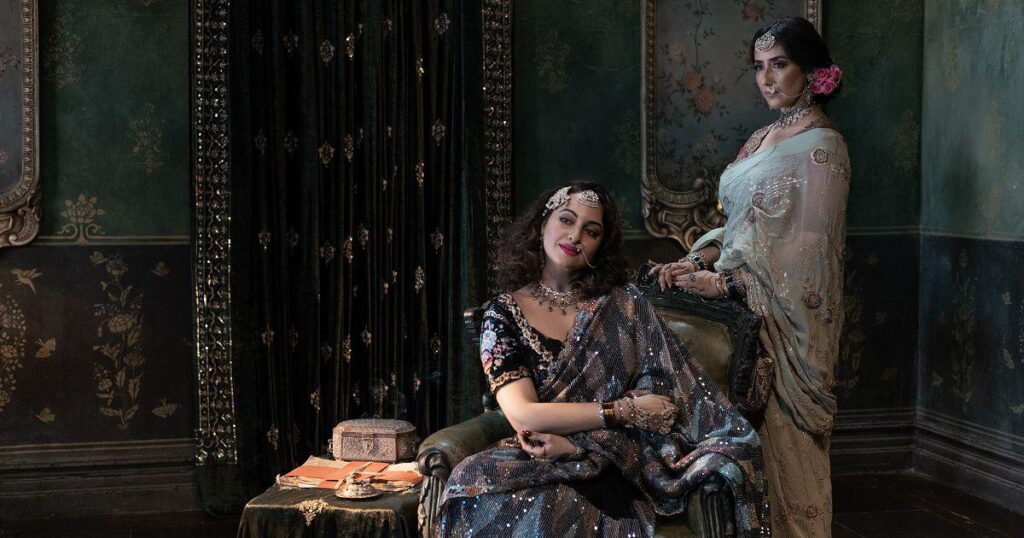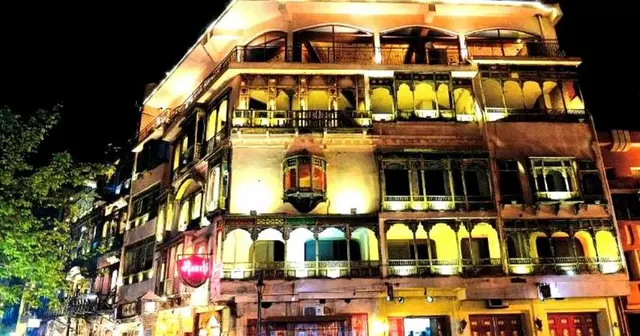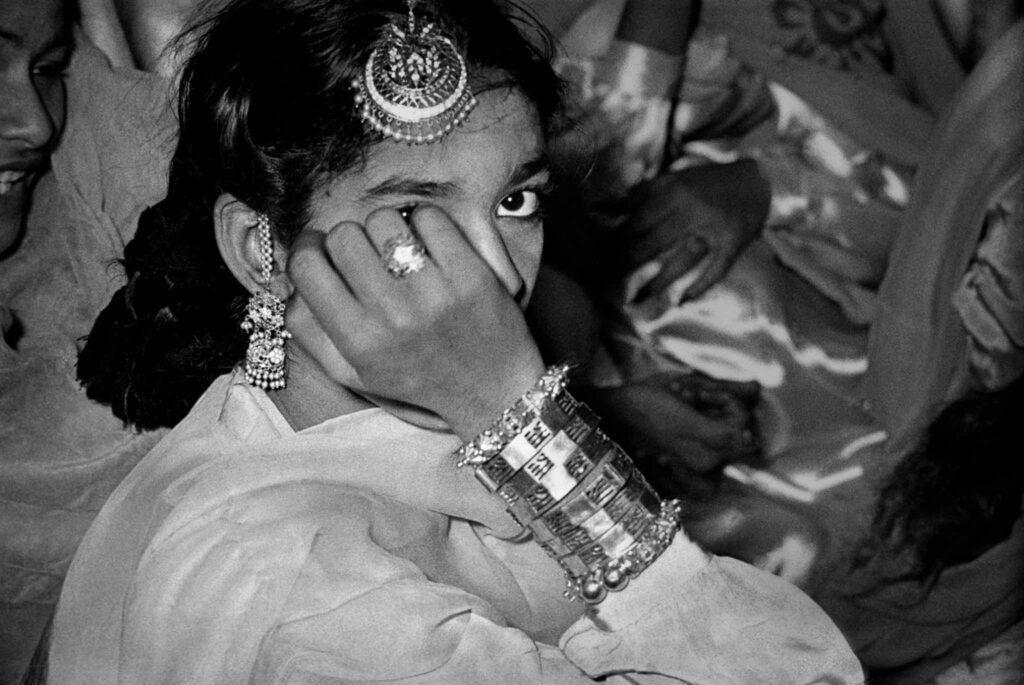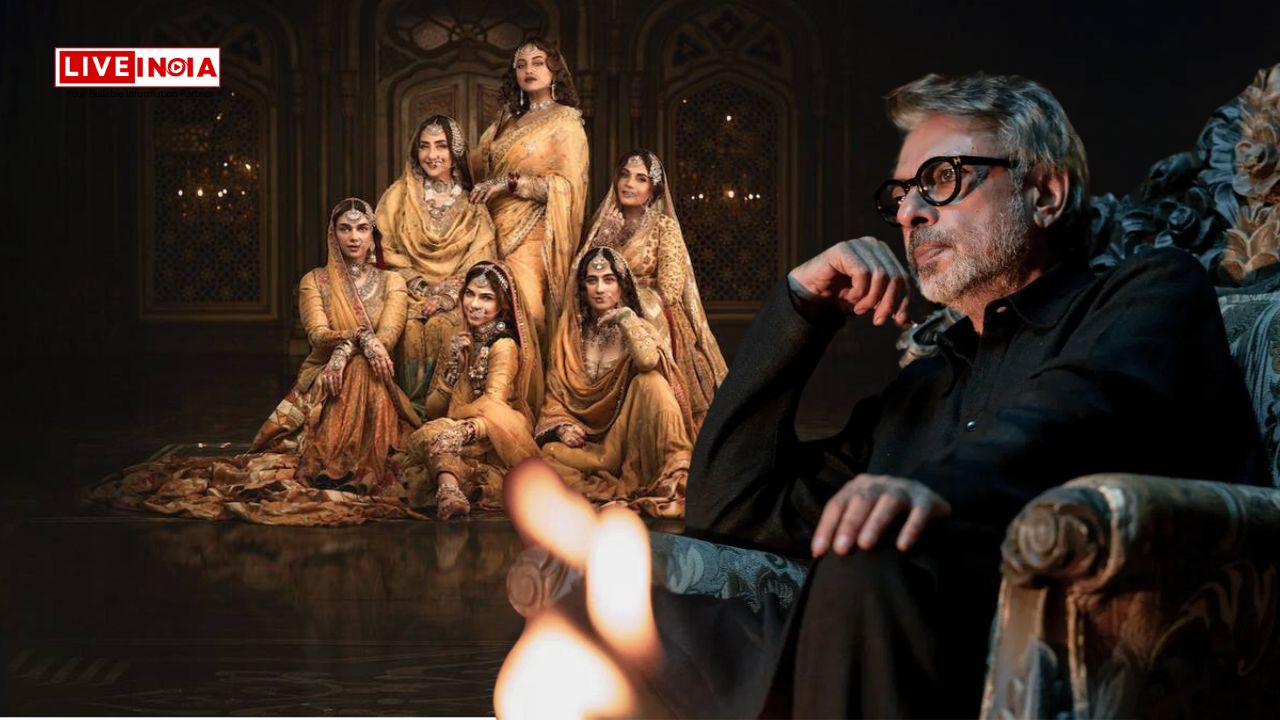Since Sanjay Leela Bhansali’s ‘Heeramandi’ was dropped on Netflix, the social media is abuzz with myriad reactions on it.
While many loved it, others point out major inaccuracies in the plot, storytelling, the time frame and more.

While the battle rages on, on social media, let’s have a look at 5-intersting facts about Heeramandi that you perhaps did not know.

1. Heeramandi is an actual place in Lahore and exists even today. It is based in Lahore’s famed Red light district. It was established in the 1800s by Hira Singh Dogra, who was the prime minister of the Sikh Kingdom of Lahore from September 17, 1843, to December 21, 1844.

2. Heeramandi was actually set-up as a grain market to boost the economy; located near the royal court it quickly became an economic center, and attracted tawaifs (courtesans) of the Walled City of Lahore. It was initially called ‘Heera Singh Di Mandi’ and the courtesans set shop at the ‘Shahi Mohalla’ in the area.

3. Strategically located, Lahore, has since the 15th and 16th centuries remained a Cultural Hub and the Mughals began bringing women from countries like Afghanistan and Uzbekistan. Over time, Heera Mandi evolved into a renowned centre for tawaifs. During the Mughal era, tawaifs were not sex workers, instead a statement of sophistication and class for the elite. Royals too, would send their children to learn etiquette and worldly ways from these women.

4. Despite its notorious reputation, the area remained a Mandi during day and functioned as a regular market selling grains, food, musical instruments, among other items. However, at night, it transformed back into a hub for the sex trade.

5. Following the decline of Heeramandi, many tawaifs entered the entertainment space, acting and dancing in movies in the Indian and Pakistani film industries. Heera Mandi still exists today but is only a shadow of the bygone era.


